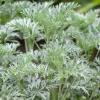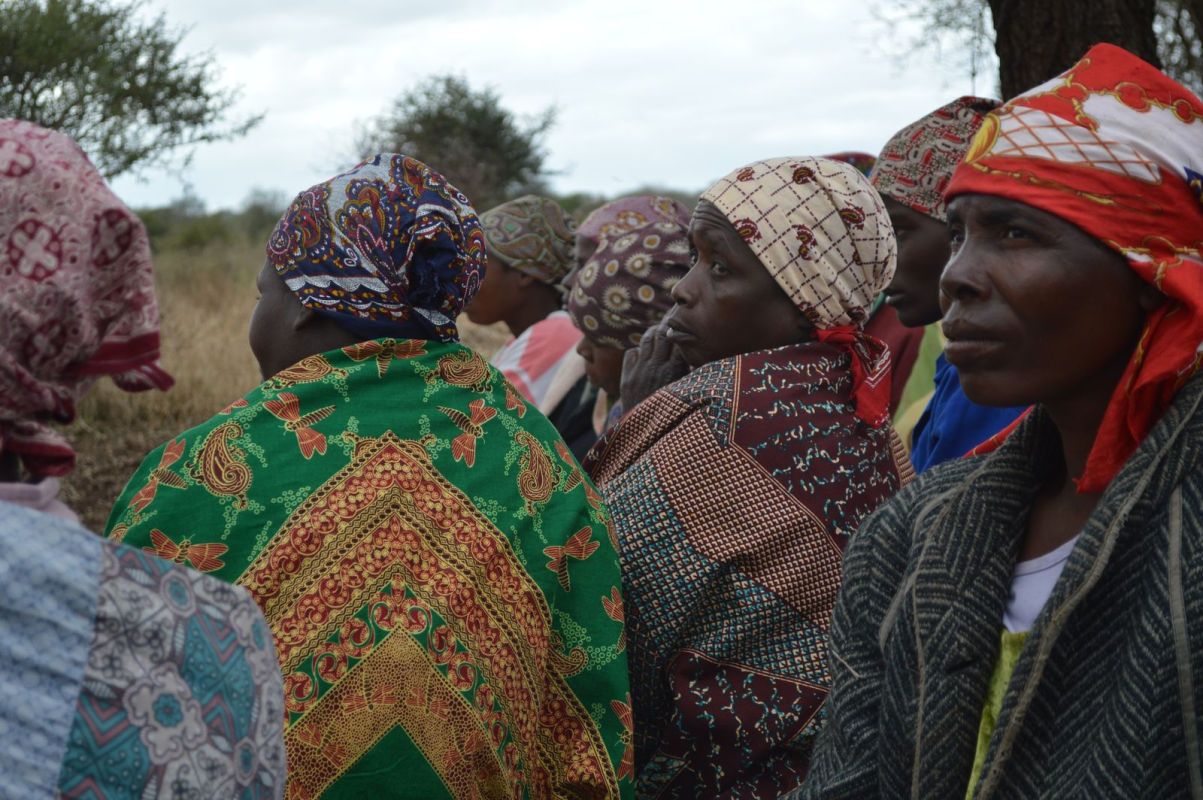
Implications of our findings for the wildlife economy
21 Feb 2023
Written by Leandra Merz, PhD candidate, Department of Geography, University of Florida
Many conservation researchers and practitioners alike are recognizing the importance of human-wildlife coexistence. But what does coexistence mean and how does it happen? Several definitions have been proposed. I prefer the one by Carter and Linnell where coexistence is when humans and wildlife develop appropriate adaptations to sustainably live together in shared landscapes. One way that humans adapt to living with wildlife is by developing institutions that help manage the relationship between humans and wildlife.
My colleagues and I devised a research project to test the role of institutions in determining people’s attitudes toward coexisting with wildlife. We found that gender, age, distance from the park, and the receipt of wildlife benefits all impacted attitudes. However, agreement with the rules governing wildlife including the distribution of wildlife-related benefits had by far the greatest impact on attitudes toward living with wildlife. Our findings have some important implications for the wildlife economy in Mozambique and throughout southern Africa.
First, wildlife-related benefits are important. We found that people who received economic benefits (such as meat, cash, or employment) from wildlife were 4 times more likely to have positive attitudes toward living with wildlife. Yet the monetary value of the benefit had little impact. This means integrating communities into the wildlife economy and allowing them to generate economic benefits from their wildlife can promote coexistence, even if the value of benefits is relatively small.
Second, people who experienced recent crop loss, livestock predation, or human harm from wildlife were NOT more or less likely to have positive attitudes. This suggests that conservation interventions aimed at reducing human-wildlife conflict are likely to be less effective for promoting coexistence. Communities understand that there are inherent costs to living with wildlife and may be willing to bear those costs if they have a stake in the management of wildlife and wildlife-related economic benefits.
Finally, developing appropriate institutions related to wildlife seems to be the most important aspect of promoting coexistence based on our findings. While generating benefits is important, developing strong institutions to manage the equitable sharing of benefits is likely more important. Furthermore, involving communities in developing these institutions is essential. If communities have a say in the management of wildlife and how they engage with the wildlife economy they are more likely to agree with the rules and in turn be willing and able to coexist with wildlife. This means moving away from the colonial exclusionary model of wildlife management into a more inclusionary future.
Community-based natural resource management or CBNRM projects provide a strong platform for including communities in wildlife management and ensuring they can generate monetary benefits from participating in the wildlife economy if they chose to. Our research was conducted in the context of a newly established CBNRM project in Mozambique. When I first visited the community in 2013, there was a lot of resentment toward the park and wildlife in general. That seems to be shifting with negative attitudes falling from 80% to 30% between 2013 and 2017. This is largely due to the ability to receive benefits from wildlife and determine how these benefits are distributed.
While I see a lot of hope in this community, I also see several obstacles that remain. It took years of persistent work before the government released the income rightfully owed to the communities. Even then, the law only allows communities to receive 20% of trophy hunting fees for the wildlife that they must coexist with while the government retains the rest. This requires a more equitable system in which communities can integrate into the wildlife economy on the same terms as private landowners. This will involve major changes and the true devolution of wildlife ownership from national to local levels. If these changes are made, the community has signaled interest in allocating land to wildlife production as a viable enterprise like the private sector game ranch nearby.
CBNRM provides a unique platform for engaging communities in the wildlife economy. Our research suggests this can have a huge impact on the potential for coexistence between humans and wildlife on communal lands. However, the potential benefits will not be fully realized unless we implement CBNRM properly. Projects that devolve ownership, promote strong-governance, and ensure equitable benefit sharing are much more likely to successfully promote strong institutions necessary for coexistence. Many communities throughout Africa have been denied the opportunity to effectively manage their own natural resources or benefit from them. Devolving rights to wildlife while supporting communities to re-establish or develop new adaptations for managing their natural resources is vital for long term coexistence on communal land throughout the continent.
Merz, L., Pienaar, E. F., Fik, T., Muyengwa, S., & Child, B. (2023). Wildlife institutions highly salient to human attitudes toward wildlife. Conservation Science and Practice, e12879.
Authors
No authors to show
We support the free flow of information. Please share:
More content
-
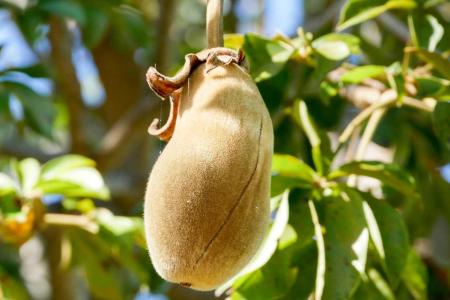
-
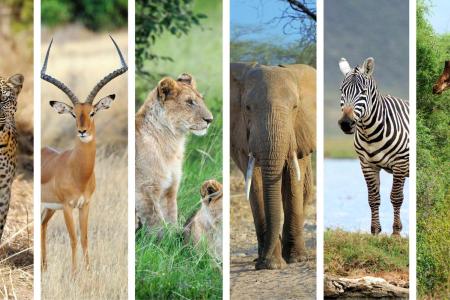
-
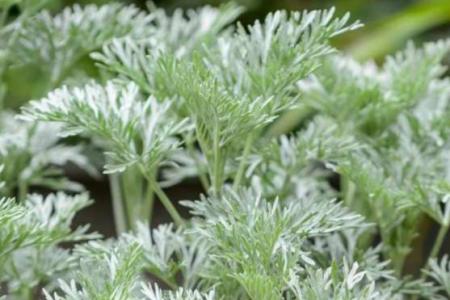
-
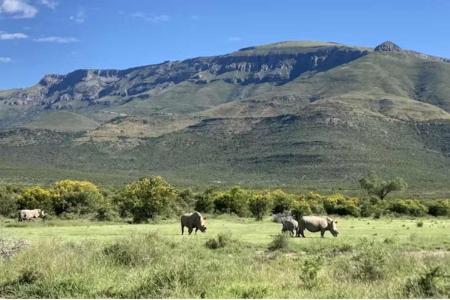
South Africa’s conservation model: why expanding the use of biodiversity to generate money is a good idea
Dr Hayley Clements…Articles -
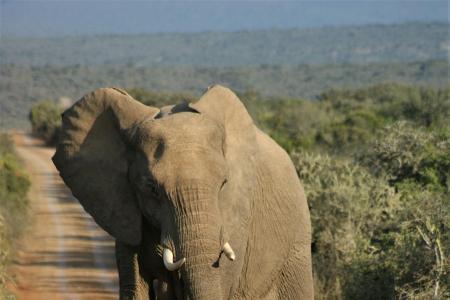
Natural capital as a potential tool for resolving human-wildlife conflict
Dr Michael MusgraveArticles -
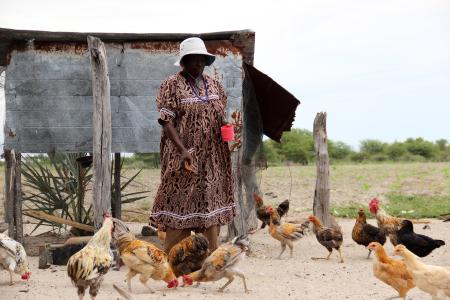
-
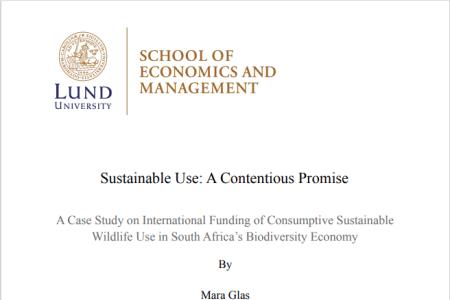
-
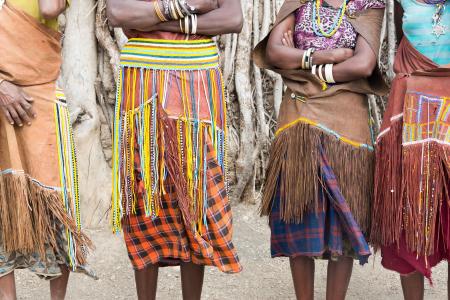
-
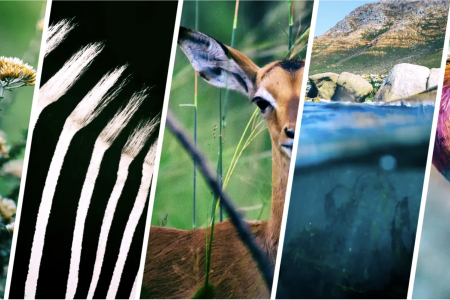
Wildlife economies have power to extend Africa’s biodiversity conservation and help curb climate change
Dr Hayley Clements…Articles
Get updates by email
In a complex and changing world, AWEI generates strategic ideas, conducts independent analysis on wildlife economies, and collaborates with global scholar-practitioners to provide training and expertise for biodiversity conservation, climate resilience, and inclusive economic opportunities in Africa.
Sign up for a quarterly dose of AWEI insights
In a complex and changing world, AWEI generates strategic ideas, conducts independent analysis on wildlife economies, and collaborates with global scholar-practitioners to provide training and expertise for biodiversity conservation, climate resilience, and inclusive economic opportunities in Africa.


